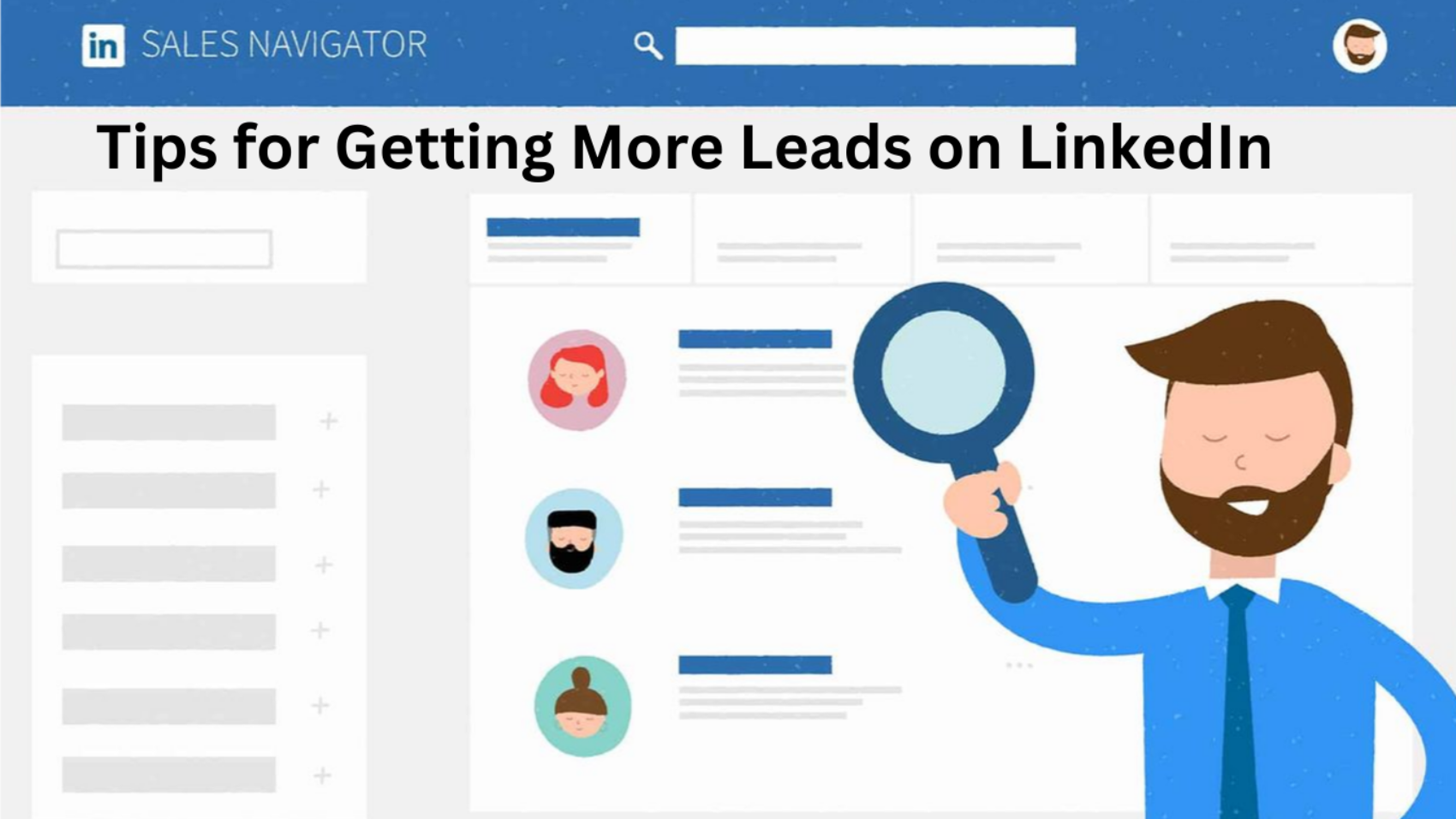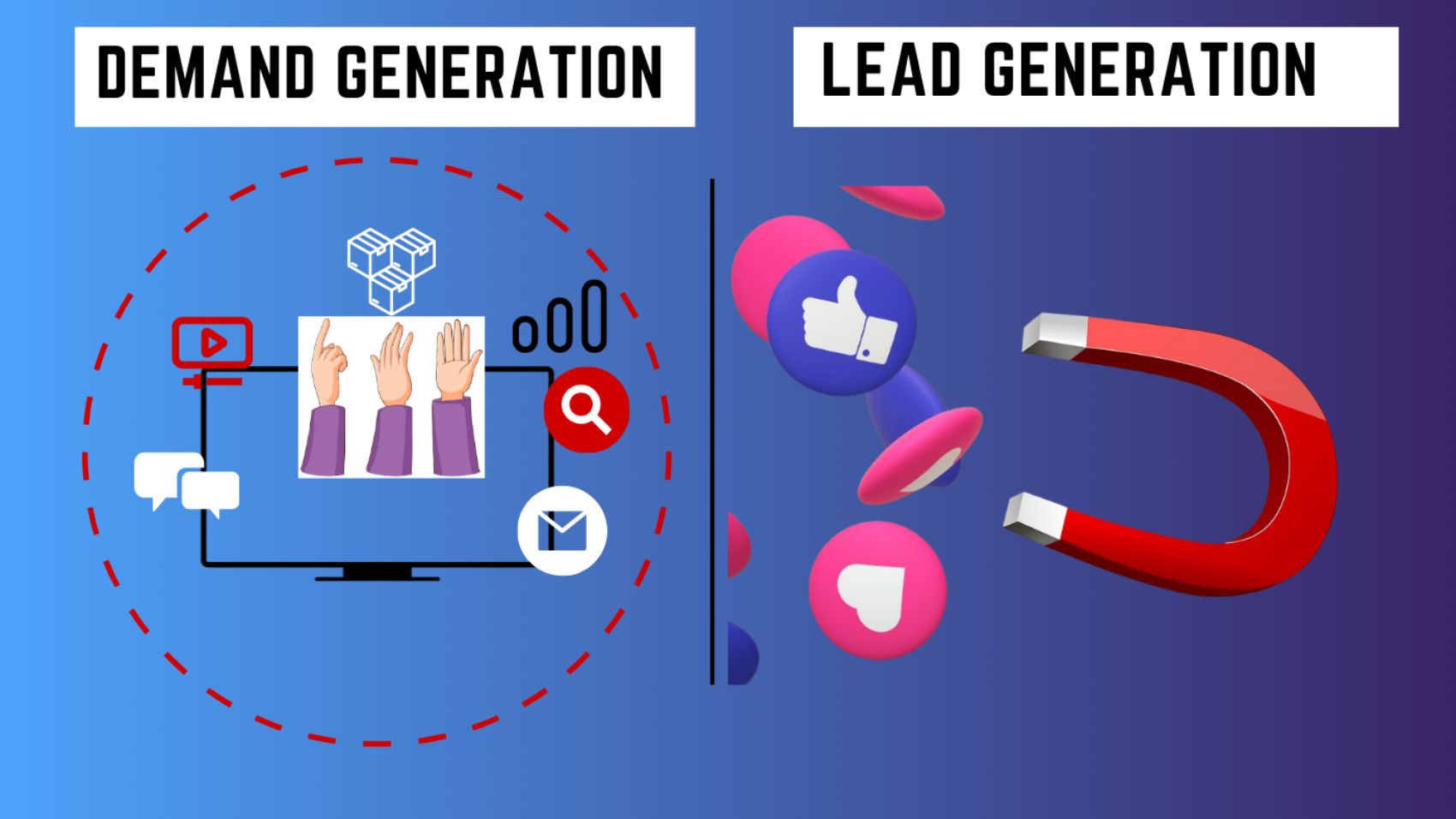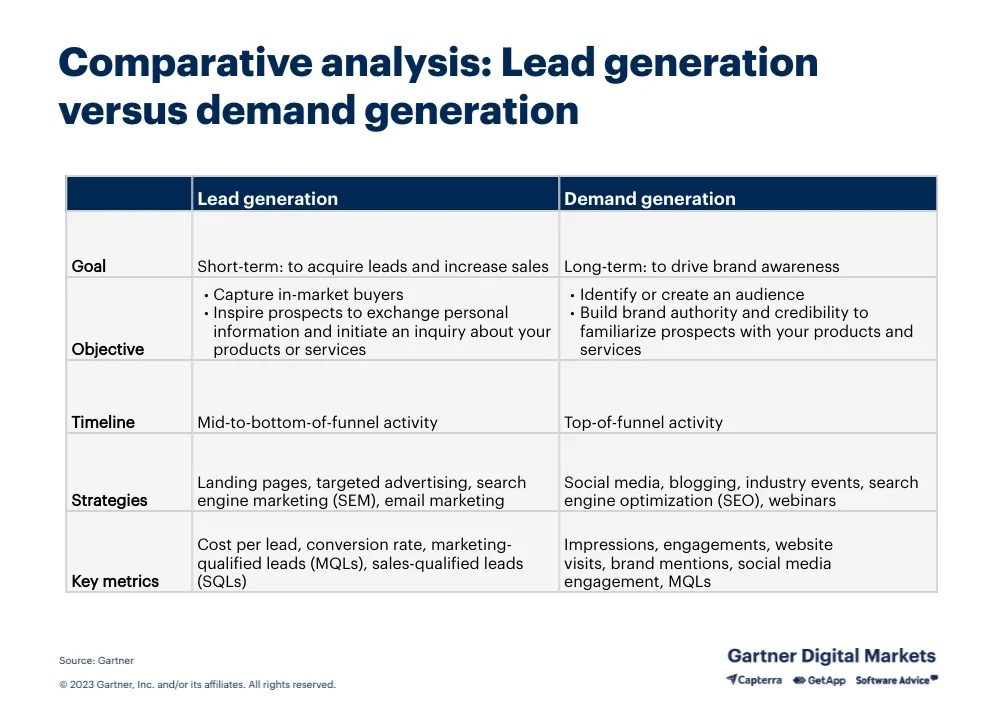Intro
Professionals wishing to increase their networks, boost their impact, and create leads now turn first to LinkedIn. Whether your work is in sales, marketing, or running your own company, improving LinkedIn outreach will greatly increase your efforts at lead generation. This post will explore six practical outreach strategies to enable you to establish strong professional relationships and engage more possible LinkedIn leads.
Tips for Getting More Leads on LinkedIn
Explore: LinkedIn Growth and Outreach
Knowing Your Aim Audience
Knowing who your ideal prospects are will help you to begin contacting possible leads. You start this by looking over your Ideal Customer Profile (ICP). Understanding the demographics, businesses, job titles, and pain points of your target market will help you to properly craft your message.
First, examine the LinkedIn profiles of people that fit your ICP. Examine their groups, the material they interact with, and their professional backgrounds. This material offers insightful analysis that can direct your outreach plan so that your messages speak to the particular needs and interests of your audience.
Crafting a Compelling Profile
Your LinkedIn profile strikes first impression; you have to make it count. Not only does a well-optimized profile increase your credibility but also increases the likelihood of acceptance of your connection requests.
Start with a confident, easy-going professional headshot. Potential leads should be easily able to appreciate the value you bring by your headline, which should exactly show what you do and how you help others. Make sure your summary is also brief and highlights your main skills relevant for your target market. Especially more so is your knowledge and dependability confirmed by including recommendations and endorsements.
Explore: LinkedIn Lead Prospecting
Customizing Your Link Requests
Customizing your connection requests will help you to most effectively boost your LinkedIn activity. Ignored most likely is a generic “I’d like to add you to my professional network” message. Instead, take some time carefully writing a note attesting to your completed homework.
Starting with something specific about the profile, maybe a recent post the person shared or a shared mutual connection you could This not only grabs their attention but also gives your request more genuineness. Keep your brief, courteous message focused on the value of the relationship. Say, for instance, “Hi [Name], I felt your [topic] post to be rather perceptive. I would be pleased to get in touch and review [related interest].
Leveraging LinkedIn’s Advanced Search
One excellent tool that will help you to more rapidly locate and get in touch with possible leads is LinkedIn’s sophisticated search capability. Filters covering location, sector, company size, and job title help you to concentrate your hunt for the most relevant candidates.
For instance, you can use these filters to generate a list of profiles that meet your requirements if you are especially seeking tech industry marketing directors. Saving your search questions will also enable you to over time review and enhance your outreach.
Interacting with Materials Before Outreach
Before contacting the possible lead, spend some time engaging with its contents. This can mean liking, noting, or sharing of their works. This not only makes you visible to them but also gently builds rapport.
Participating meaningfully shows that you are genuinely interested in what they have to say, which will increase the likelihood of a positive response should you then want a connection. Recolition LinkedIn is a social network; good outreach depends on building relationships.
Following Up Rightly
One message sometimes is not enough to ensure a lead. Though it’s crucial, following up should be done carefully to avoid seeming to be demanding. Time is everything; send a follow-up minimum several days after your initial message.
In your follow-up, add more value and cite your previous comment. You might, for instance, provide comments on a topic of mutual interest or forward a piece relevant to a discussion you had. A careful and timed follow-up can transform a relationship from one to a lead.
Use LinkedIn InMail Wisely.
LinkedIn here Though you should use it carefully, InMail lets you message people not in your network. InMail has limited credits, thus every message has to be used carefully.
Start with a strong subject line that grabs readers without being sensational. Introducing yourself, justifying your outreach, and succinctly outlining how you could help will help you to get right to the point in the body of your message. Respect and persistence go hand in hand; if you do not get a reply, it is reasonable to follow up once; but, avoid sending several messages that could be seen as spam.
Monitoring and Evaluating Your Outreach Initiatives
To always improve your LinkedIn outreach, you must track and assess it. Third-party CRM systems or LinkedIn’s built-in analytics allow one to track the performance of your connection requests, messages, and InMail campaigns.
Focus especially on measures including response rates, engagement levels, and connection acceptance rates. Analyzing this information will help you to identify which elements of your approach work and which not, so maximizing your performance. Remember that outreach is an ongoing process; hence, the secret to long-term success is constant development.
Conclusion
Lead generation is best done on LinkedIn; but, consistent success calls for a calculated approach to outreach. Your chances of producing excellent leads will be much higher if you understand your audience, improve your profile, personalize your messages, make use of LinkedIn’s tools, interact with material, follow up successfully, and track your efforts. Remember that the goal is not only to build rapport with possible leads but also to create long-lasting relationships that could present profitable commercial prospects.
FAQs
LinkedIn follow-up should occur at what ideal frequency?
Follow-up visits should be scheduled with minimum three to seven days between each other. This gives the recipient the chance to reply free from compulsion.
Of the following, which should I exclude from a LinkedIn connection application?
Avoid generic messages, too aggressive language, and any material that seems spammy. Personalizing a connection request makes all the difference.
Could LinkedIn InMail prove to be more successful than email?
Since LinkedIn InMail is delivered straight to a user’s LinkedIn inbox, where they are more likely to see and respond, it is indeed more effective than conventional email.
Is there any way I might find out whether my LinkedIn profile generates leads effectively?
Your profile should clearly say what you do, who you are, and how you might help others. Make sure your profile reflects consistently relevant skills, endorsements, and recommendations.



